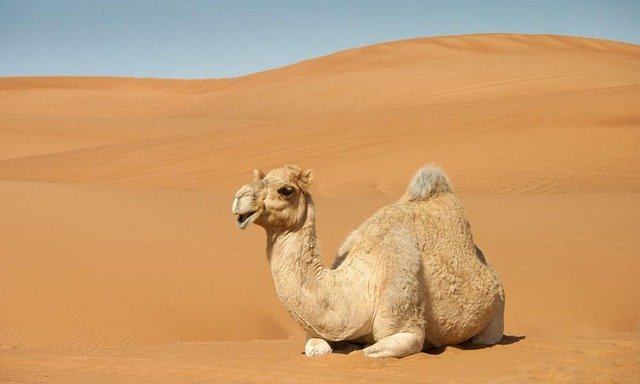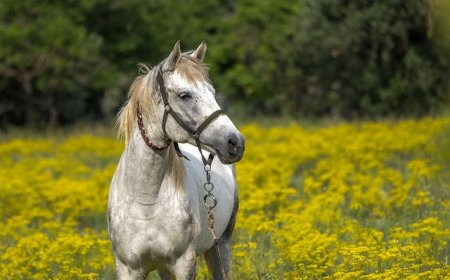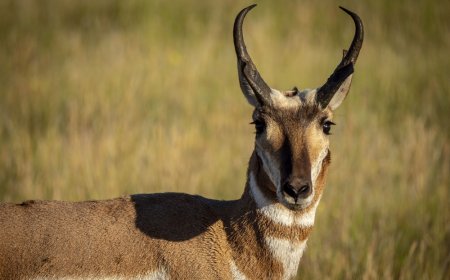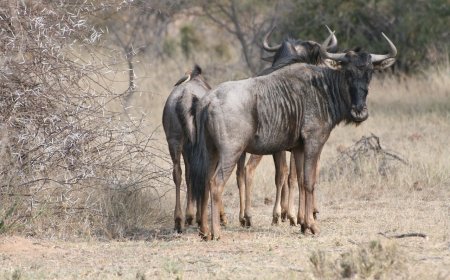Camel Facts for Kids – Desert Survivors with Humps and Tough Feet
Discover camel facts for kids. Learn how camels survive in the desert, what their humps do, and why they are important to desert life.

🐪 Camels: Desert Survivors with Humps and Tough Feet
📚 Scientific Name and Classification
- Common Name: Camel
- Scientific Names:
- Camelus dromedarius (Dromedary camel, one hump)
- Camelus bactrianus (Bactrian camel, two humps)
- Classification: Kingdom Animalia → Phylum Chordata → Class Mammalia → Order Artiodactyla → Family Camelidae
Camels are large hoofed mammals that belong to the same family as llamas and alpacas. They have long legs, big eyes, and a strong body designed to handle some of the toughest climates on Earth.
🌍 Habitat and Geographic Range
Camels are built for survival in some of the most extreme environments in the world.
- Dromedary camels are native to the Middle East, North Africa, and parts of India. Though wild populations no longer exist, millions of domesticated dromedaries are used as working animals.
- Bactrian camels live in Central Asia, especially Mongolia and China, where winters can drop to -40°C (-40°F). These camels are found both domesticated and in small wild populations.
Camels are specially adapted to deserts, mountains, and dry steppe regions where temperatures can swing wildly from scorching heat to freezing cold.
🥬 Diet and Feeding Habits
Camels are strict herbivores and often survive on very tough and dry vegetation.
- Favorite foods include grasses, leaves, shrubs, and thorny plants that most other animals avoid.
- Camels chew their food multiple times like cows because they are ruminants, animals with special stomachs for digesting tough plant material.
When food is scarce, camels can survive by burning the fat stored in their humps, giving them energy and water.
💧 Hydration Superpower:
- A camel can drink up to 40 gallons (150 liters) of water in just a few minutes.
- They can survive 7–10 days without drinking water at all, even in hot desert conditions.
- Their bodies can lose up to 25% of their water without serious harm—something deadly to humans!
🧠 Behavior and Intelligence
Camels are smart, alert, and social animals.
- They live in herds led by a dominant male and often include females and young calves.
- Camels can be trained for riding, racing, and carrying loads—a tradition that goes back over 3,000 years!
- Camels communicate by making a wide range of sounds: grunts, moans, bellows, and even hissing when angry.
Camels form close bonds with other camels and their human handlers. They even remember routes and water sources from long journeys!
🦴 Physical Features and Unique Adaptations
Camels are full of special adaptations that help them survive desert life:
- Humps: Store fat, not water. The stored fat can be turned into energy and moisture. When the fat is used up, the hump shrinks.
- Nostrils: Can close completely during sandstorms.
- Eyelashes: Two rows of long lashes and a third transparent eyelid help keep out sand.
- Feet: Wide, flat feet with thick pads help them walk on hot sand without sinking.
- Fur: Thick enough to protect them from sunburn and cold desert nights.
- Body temperature: Can fluctuate between 93–106°F (34–41°C), reducing the need to sweat and saving water.
🍼 Life Cycle and Reproduction
- Gestation period: About 13–14 months
- Babies: Usually 1 calf, though twins are rare
- Calf behavior: Calves are born with their eyes open, can walk within hours, and nurse for up to 18 months
- Lifespan: 40–50 years in captivity; less in the wild
Camels give birth standing up, and the calf falls softly onto the desert sand. They grow quickly and stay with their mothers for years.
⚠️ Threats and Conservation
- Dromedary camels are not considered endangered. In fact, they are essential in desert economies.
- Wild Bactrian camels (Camelus ferus) are critically endangered. Fewer than 1,000 remain in the wild, mostly in Mongolia’s Gobi Desert.
Main threats:
- Habitat loss from mining and development
- Water scarcity
- Poaching and hybridization with domestic camels
Conservation groups are protecting habitats and creating breeding programs for wild Bactrians.
🎉 Fun Facts About Camels
- A camel’s red blood cells are oval-shaped instead of round. This helps them flow easily during dehydration.
- Camel milk contains more vitamin C and iron than cow’s milk.
- In some Middle Eastern countries, camel beauty contests are real and competitive!
- Camels can run up to 40 miles per hour (65 km/h) in short bursts.
- Bactrian camels grow thick shaggy coats in winter and shed them in warmer seasons.





















































